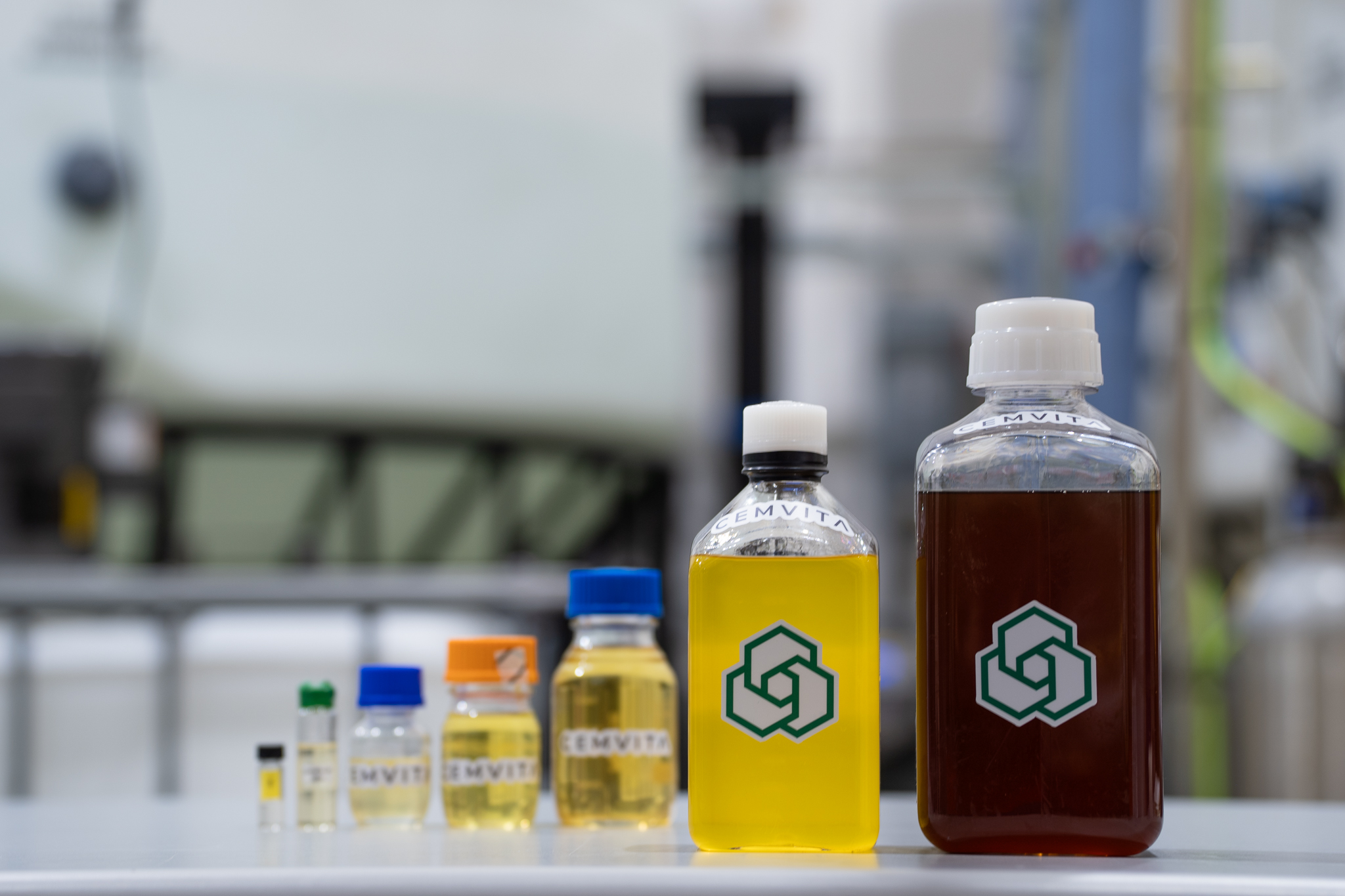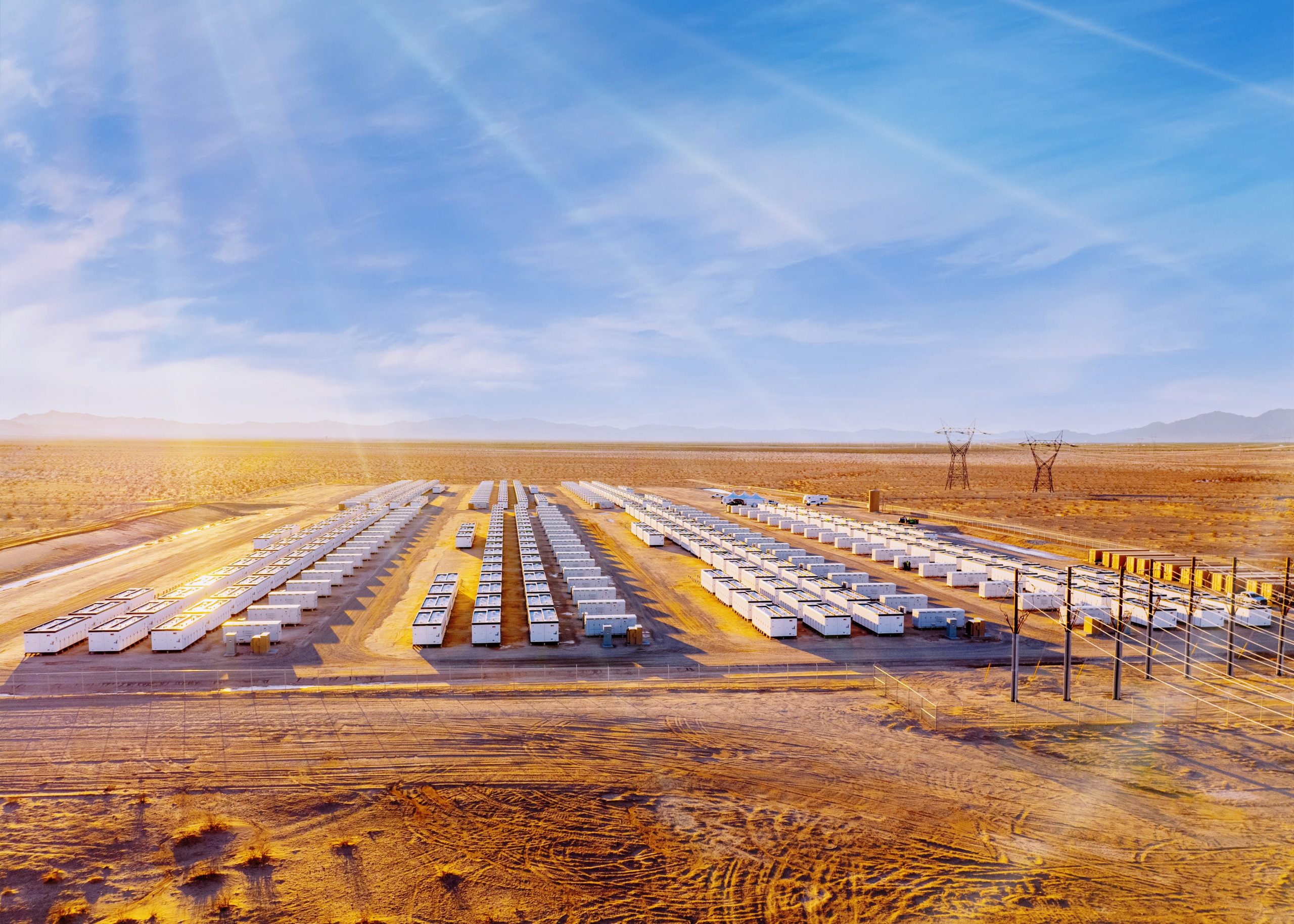A Houston-based energy transition fund said it secured $1.5 billion in commitments to fuel low-carbon investments with the closure of its latest fund.
EnCap Energy Transition’s Fund II (EETF II) is focused on low-carbon fuels, carbon management and low-carbon power infrastructure, the firm said May 8. The fund has already invested in five companies, but plans to increase that to between eight to 10 portfolio companies total.
Rising demand for clean energy and a push to lower global emissions continues to drive investment in lower-carbon energy technologies and projects. Though lower returns and energy security concerns have shifted some investors’ attention to fossil fuels, many of the world’s biggest venture capitalists and private equity players are pumping billions into lower-carbon energy resources. Earlier this year, Brookfield Asset Management raised $10 billion in the first close of its second fund dedicated to energy transition investment.
EnCap’s latest close came after EnCap Energy Transition Fund I raised $1.2 billion in commitments. The fund’s material portfolio company investments and four fund realizations include Broad Reach Power, Jupiter Power, Triple Oak and Paloma Solar & Wind, the firm said in a news release.
“The EnCap Energy Transition team is proud to have raised a sizeable pool of capital to continue to invest in the opportunity created by the shift to a lower-carbon energy system,” said EnCap Energy Transition Managing Partner Jim Hughes. “We greatly appreciate the strong support from our existing investor base and are pleased to have added a number of new, high-quality investors, both domestically and internationally.”
EETF II already has invested in Linea Energy, Parliament Solar, PowerTransitions, Arbor Renewable Gas and Bildmore Renewables, according to the release. The firm said its pipeline of additional potential investment opportunities include companies focused on renewables, energy storage, clean fuels and carbon solutions.
“Since our inception in 2019, we now manage approximately $2.7 billion of capital commitments to invest in decarbonization and are excited for the opportunities ahead of us,” Hughes added.
Vinson & Elkins LLP served as legal counsel to EnCap on the fund’s formation.
Here’s a look at other renewable energy news this week.
Bioenergy
Cemvita Sees ‘Breakthrough’ in SAF Feedstock Production

Biosolutions company Cemvita said it achieved a breakthrough, enabling the company to produce greater quantities of sustainable aviation fuel (SAF).
Volumes of SAF have been limited in part to limited feedstocks. However, Cemvita, which extracts oil from microorganisms for use as SAF feedstock, said it has “produced high-yield extraction of the oil from the 4,000-liter bioreactor the company operates in Houston” using bioprocessing technology. Oil recovery increased to 70% of the known cell volume of oil from 40%.
“Early tests confirm that Cemvita’s sustainable oil is a drop-in replacement for palm oil in all its use cases,” the company said in a news release March 7. “The next step for sustainable oil will be the conversion into sustainable aviation fuel by partners in refining.”
The company said it plans to continue extensive characterization and product testing of the oil to ensure its performance and compatibility with existing aviation infrastructure.
“We simply do not have enough low-carbon intensity feedstock locally in the U.S. We import about five billion pounds a year from places as far away as Australia and China to meet demand,” said Cemvita CEO Moji Karimi. “Our biotechnology is delivering on its promise of a sustainable future.”
Energy storage
E3 Lithium Lab to Add Lithium Carbonate Production
Alberta-based E3 Lithium plans to expand its Calgary-based lab to manufacture battery products, including lithium carbonate, the company said May 9.
Located at the University of Calgary, the lab has been focused on the development and verification of direct lithium extraction (DLE) processing technologies, E3 said. The expansion entails incorporating the equipment to complete the polishing and production of battery products such as lithium carbonate and lithium hydroxide, the company said. It will also validate, verify and optimize the conversion processes.
“Developing this capability in-house offers significant advantages in terms of result accuracy, cost-effectiveness and flexibility,” said E3 Lithium CEO Chris Doornbos. “By building and operating scaled down equipment that closely mimics commercial operations, our highly skilled lab team will verify and optimize the process. The results the lab will produce will support the design and operation of the company’s commercial plant and will bring efficiency to our future commercial operations by offering prompt and accurate data and analysis.”
Worley, Nano One Form Battery Materials Partnership
Worley has teamed up with clean tech company Nano One to accelerate commercial-scale deployment of Nano-One’s One-Pot, a simplified process that produces cathode materials for lithium-ion batteries while reducing water usage and waste streams.
In a news release, the companies said they will integrate the process into a design package that includes specialized equipment. Initial focus will be on lithium ferro phosphate (LFP) cathode chemistries.
“Worley Chemetics will design and fabricate the process reactors, incorporating metal alloys that are specifically designed for corrosive environments,” the release states. “Additionally, Nano One and Worley will continue to innovate process and plant designs to create a design-once-build-many growth strategy.”
The partnership is expected to derisk the process while adding value.
RELATED
Energy Vault, ACEN Australia Enter Battery Storage Agreement
Equinor Acquires Stake in Standard Lithium Smackover Projects
IBAT, US Mag Partner to Advance Modular Direct Lithium Extraction Plant
Hydrogen
Australia’s Hysata Raises $111 Million in Second Funding Round
Australian green hydrogen electrolyzer firm Hysata said on May 9 that it has raised a total of $111 million in funding led by British oil giant BP’s investment arm and Hong Kong asset management firm Templewater.
An investment of $10 million each has been made by bp Ventures and Templewater in the second round of funding, Hysata said in an exchange filing.
The Wollongong-headquartered company said it would use the funds to expand production capacity at its electrolyzer facilities in New South Wales.
“With high-efficiency, intrinsically low capex and a mass-manufacturable design, Hysata aims to drive down the levelized cost of hydrogen,” CEO Paul Barrett said in a statement.
“This is the first advanced alkaline electrolyzer technology that BP Ventures has invested in. It could provide optionality for our hydrogen business as bp aims to become a global leader in low carbon hydrogen production,” said Gareth Burns, vice president at BP Ventures.
Hysata said it also welcomed a group of new investors, including South Korean steel manufacturer POSCO Holdings, Shinhan Financial Group and IMM Investment Hong Kong.
Solar
Canadian Solar Secures Battery Energy Storage Projects in Japan

Canadian Solar Inc. plans to enter 20-year agreements with Japan to provide battery energy storage as part of three projects.
The projects were secured in the country’s first long-term decarbonization power source auction (LTDA). Located in Aomori, Fukushima, and Yamaguchi prefectures, the three projects have a combined capacity of 193 megawatts (MW). They are expected to begin commercial operations between 2027 to 2028, utilizing the SolBank 3.0 system from Canadian Storage subsidiary e-STORAGE, the company said in a news release.
“As of January 31, 2024, our project development pipeline in Japan totaled 1.376 [gigwatt hours] and 213 [megawatt peak] for energy storage and solar respectively,” said Shawn Qu, chairman and CEO of Canadian Solar. “With the LTDA’s support and increasing demand from corporate buyers, we anticipate continued growth in Japan. We remain committed to advancing both [battery energy storage systems] and [photovoltaic] projects, supporting Japan’s goal of achieving carbon neutrality by 2050.”
Japan’s Mitsui to Develop 150 MW Solar Plant in Texas
Japanese trading house Mitsui plans to develop a 150-MW solar power plant in Texas in the U.S., it said on May 9, continuing its overseas business expansion and adding more carbon-neutral businesses to its portfolio.
Mitsui said the commercial operation of the plant is scheduled for 2026, with investment of around 30 billion yen (US$192 million). The power will be supplied to the wholesale market and industrial clients of Mitsui in the U.S.
Wind
BOEM Completes Environmental Review for Beacon Wind Site Testing
The U.S. Bureau of Ocean Energy Management (BOEM) on May 6 said it completed the environmental review of Beacon Wind’s proposal for more site testing offshore Massachusetts.
BP-owned Beacon Wind plans to gather information concerning the possible use of suction bucket foundations in its wind lease area. As explained by BOEM, the foundations are an alternative foundation type enabling turbines to be installed without pile driving.
Following an environmental analysis of plans, BOEM said it found no significant impacts with Beacon Wind’s proposal. The company aims to gather information to support the engineering design of wind turbine and offshore substation foundations that could be installed for a future offshore wind project, according to a news release. It plans to conduct 35 deployments and removals of a single suction bucket foundation at 26 locations in its lease area.
Located between Cape Cod, Massachusetts, and Long Island, New York, the proposed 2.43-gigawatt project is comprised of Beacon Wind 1 and Beacon Wind 2. The project could provide enough power for more than 850,000 homes annually, BOEM said.
BP took full ownership of Beacon Wind in January after restructuring its partnership with Equinor.
RELATED
Ørsted Exec: Offshore Wind Picking Up Speed, Despite Challenges
TGS Starts Up Multiclient Wind, Metaocean North Sea Campaign
Hart Energy Staff and Reuters contributed to this report.
Recommended Reading
Aris CEO Brock Foresees Consolidation as Need for Water Management Grows
2025-02-14 - As E&Ps get more efficient and operators drill longer laterals, the sheer amount of produced water continues to grow. Aris Water Solutions CEO Amanda Brock says consolidation is likely to handle the needed infrastructure expansions.
Halliburton, Sekal Partner on World’s First Automated On-Bottom Drilling System
2025-02-26 - Halliburton Co. and Sekal AS delivered the well for Equinor on the Norwegian Continental Shelf.
E&P Highlights: March 3, 2025
2025-03-03 - Here’s a roundup of the latest E&P headlines, from planned Kolibri wells in Oklahoma to a discovery in the Barents Sea.
How DeepSeek Made Jevons Trend Again
2025-03-25 - As tech and energy investors began scrambling to revise stock valuations after the news broke, Microsoft Corp.’s CEO called it before markets open: “Jevons paradox strikes again!”
Pair of Large Quakes Rattle Texas Oil Patch, Putting Spotlight on Water Disposal
2025-02-19 - Two large earthquakes that hit the Permian Basin, the top U.S. oilfield, this week have rattled the Texas oil industry and put a fresh spotlight on the water disposal practices that can lead to increases in seismic activity, industry consultants said on Feb. 18.
Comments
Add new comment
This conversation is moderated according to Hart Energy community rules. Please read the rules before joining the discussion. If you’re experiencing any technical problems, please contact our customer care team.





